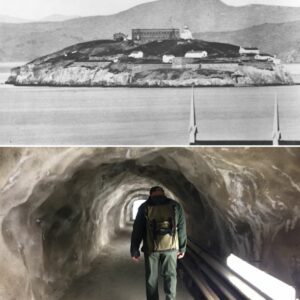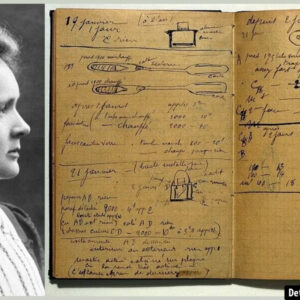Nestled in the heart of Turin, Italy, the Fiat Lingotto factory stands as a testament to the evolution of industrial architecture. Constructed between 1916 and 1923, this once-thriving hub of innovation was home to an extraordinary feat of engineering— a rooftop racetrack. At a time when most factories focused solely on production, Lingotto’s design broke conventions by intertwining form, function, and industrial artistry. More than a manufacturing plant, it became a symbol of Italy’s rapid industrialization and ambition, leaving an indelible mark on architectural and automotive history.
Design, Architecture, and the Famous Rooftop Racetrack
Lingotto was the brainchild of the brilliant Italian engineer, Giacomo Mattè-Trucco, who envisioned a factory that would not only be efficient but also a model of modernity. What set it apart from other industrial complexes was its design—specifically the integration of a test track on the roof. At a length of 443 meters, this track was used to test the cars as they were completed on the upper floors. The engineering behind the track’s two straightaways and parabolic curves was remarkable, showcasing the creativity and innovation of the time.

The building itself was an early adopter of reinforced concrete, which allowed for its massive size and durability. The factory is organized in two parallel structures, connected by five transversal bodies, with spiraling ramps that allowed finished cars to be driven directly to the rooftop test track. As the cars ascended the building, they seamlessly flowed through each stage of the assembly process, eliminating the need for workers to move between stations. This efficient process not only maximized space but also reduced the time taken to assemble each car.
Video
Watch Amazing Classic Film of the Fiat Lingotto Factory with the Roof-Top Test Track to explore the innovative design of the iconic Fiat factory and its unique rooftop test track. A fascinating piece of automotive history!
The Production Process at Lingotto Factory
The most revolutionary aspect of the Lingotto factory was its production process. Unlike traditional assembly lines, the cars at Lingotto were constructed on ascending floors, where each stage of the assembly took place on a different level. This unique design made it possible for Fiat to create high-quality vehicles at an impressive pace. By the time the cars reached the rooftop, they were ready for a final test before descending via the spiral ramps into showrooms.
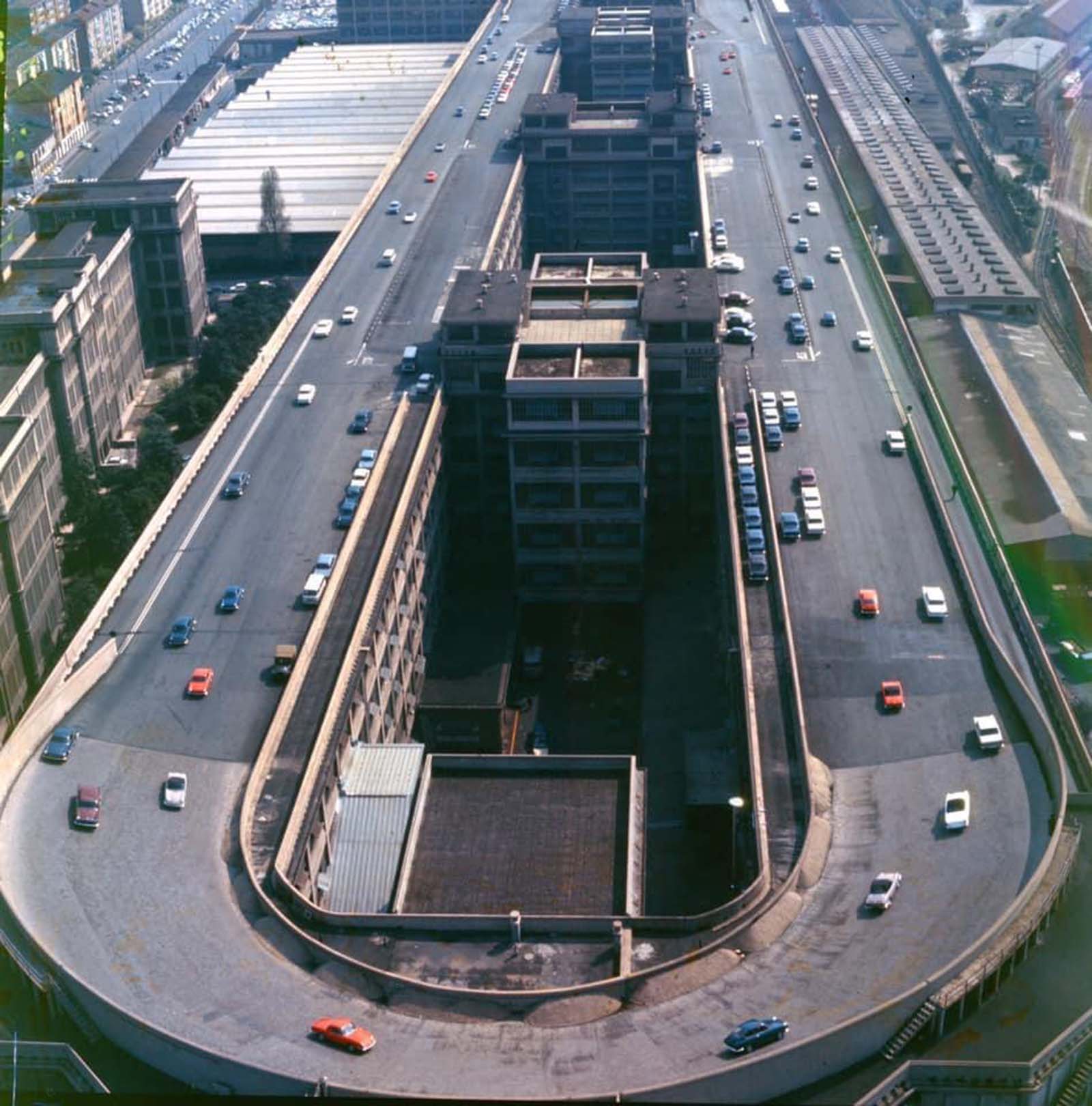
The factory’s assembly line model was a radical departure from the norm. Instead of the workers moving between assembly lines, the workstations stayed fixed, allowing for greater focus and efficiency. The cars moved up the building, floor by floor, in a continuous flow that was groundbreaking at the time. This arrangement reduced assembly times and improved productivity, making Lingotto one of the most efficient manufacturing facilities of its era.
Lingotto as a Symbol of Modernity and Fiat’s Success
Lingotto was not just an architectural feat—it was also a reflection of Fiat’s success and its embrace of innovation. The factory became a symbol of Italy’s industrial prowess, showcasing how modernity could be integrated into everyday life. It was no surprise that celebrated architect Le Corbusier referred to Lingotto as “one of the most impressive sights in industry.” The factory wasn’t just about function; it was a statement about the power of modern manufacturing.
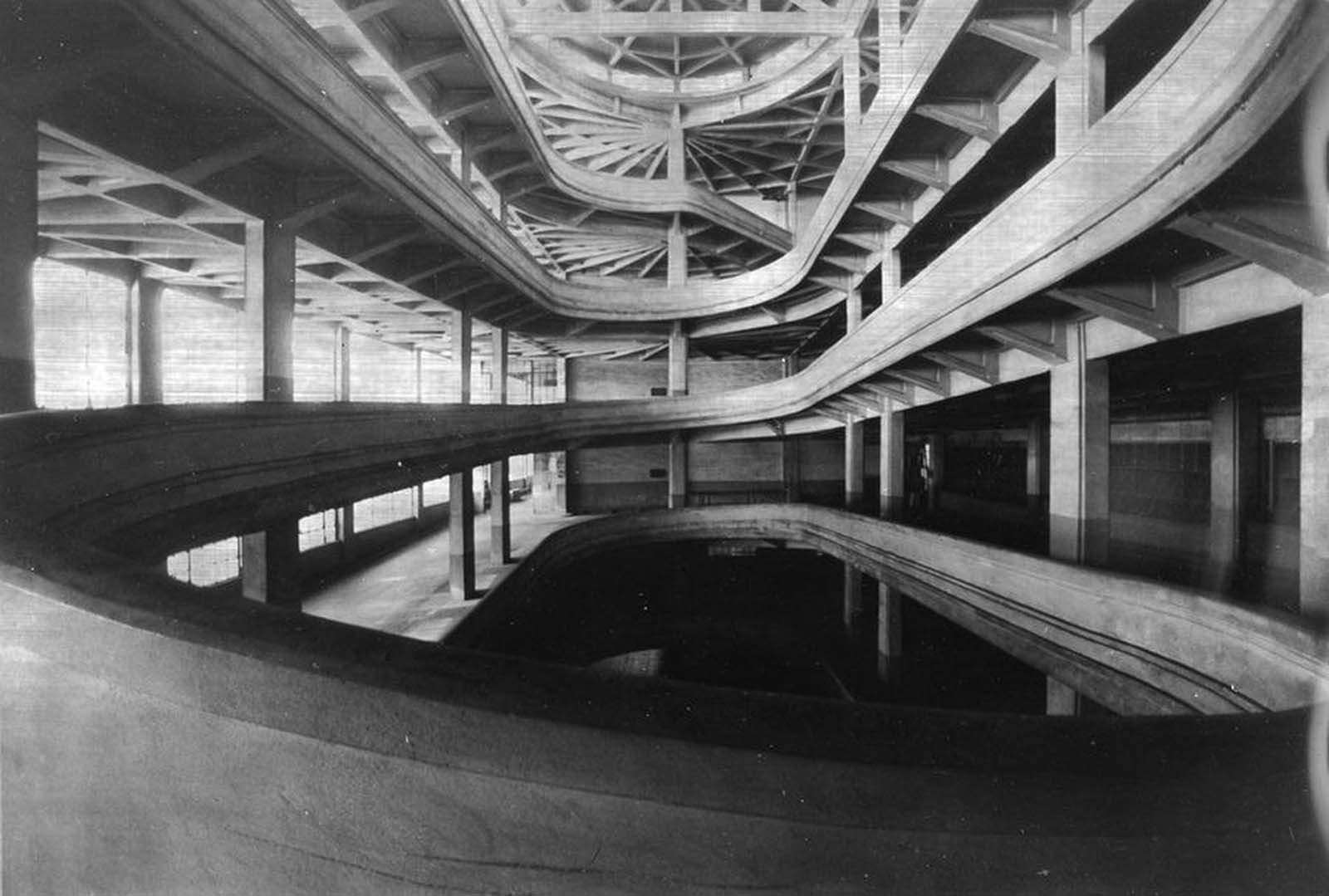
During its operational years, Fiat’s Lingotto facility produced countless vehicles, including iconic models that would go on to define the automotive industry. The factory helped establish Fiat as a leader in the European automotive sector, producing everything from passenger cars to commercial vehicles and engines. In its heyday, Lingotto employed thousands of workers, both blue-collar and white-collar, making it one of Italy’s largest and most influential factories.
Lingotto’s Closure, Transformation, and Current Use
By the late 1970s, however, the Lingotto factory became obsolete. Advances in production technology and changing business needs rendered the old factory’s design less viable. In 1982, the plant was closed, and the future of the site was uncertain. Rather than allowing the historic structure to fall into decay, a decision was made to transform the building into a modern public space.
In 1988, a competition was held to determine the future of Lingotto. The winning proposal came from renowned architect Renzo Piano, who envisioned a mixed-use complex that would combine shopping, cultural spaces, and public venues. Today, the building houses a variety of businesses, including a shopping mall, hotels, and concert halls. The rooftop racetrack remains as a reminder of its industrial past, and visitors can still walk around the track, a symbolic and literal link between Lingotto’s glorious history and its contemporary form.
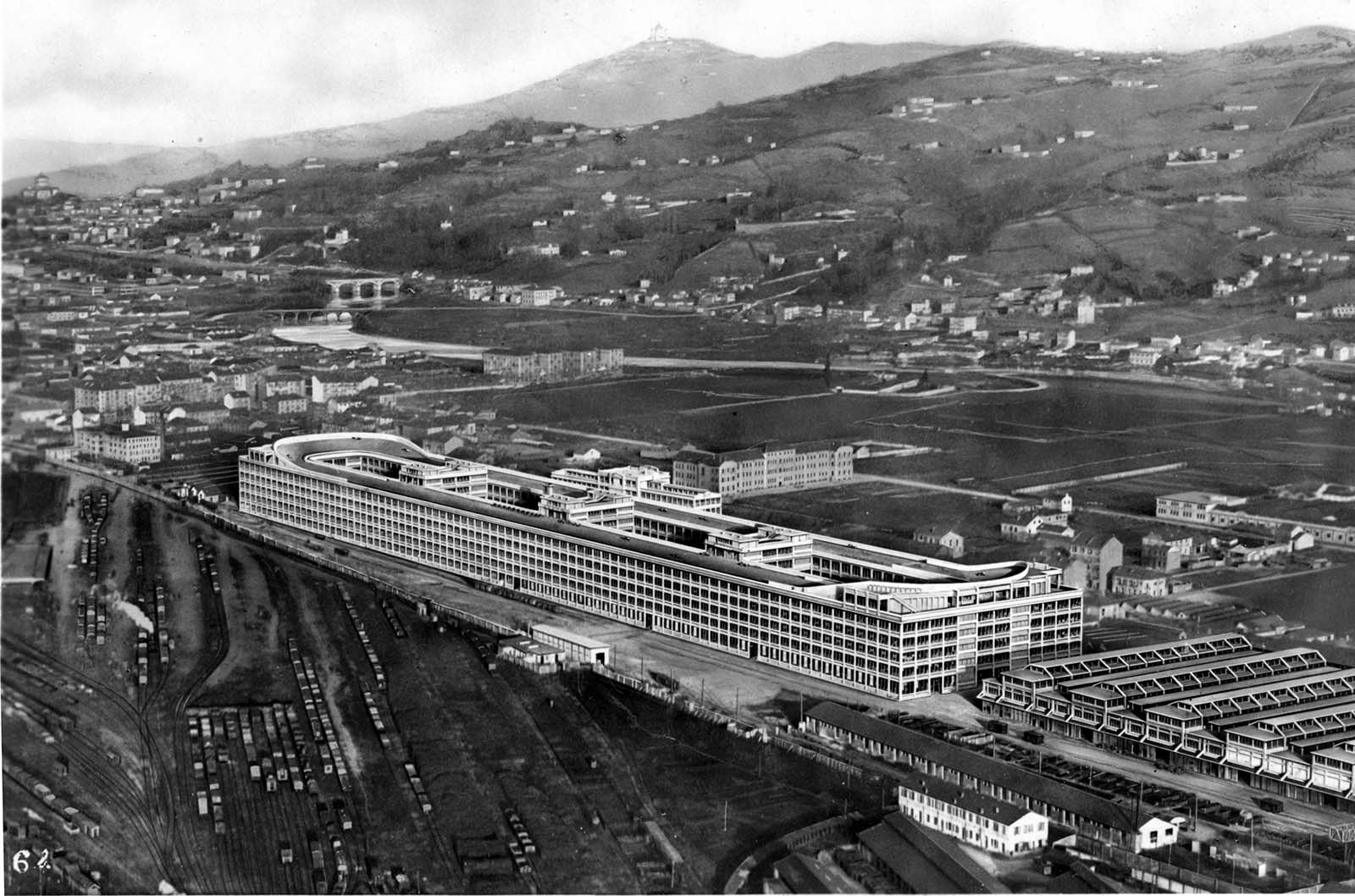
Lingotto in Popular Culture
Lingotto’s unique architecture has made it a favorite location for filmmakers and artists alike. The factory’s iconic racetrack has appeared in several films, most notably in the 2003 remake of The Italian Job, starring Mark Wahlberg and Charlize Theron. The film showcased the rooftop track as part of an iconic car chase scene, further cementing Lingotto’s place in popular culture. Beyond film, the building’s design and transformation into a cultural hub have been a source of inspiration for modern architects and urban planners.
Photo Gallery: A Visual Journey Through Lingotto’s Legacy
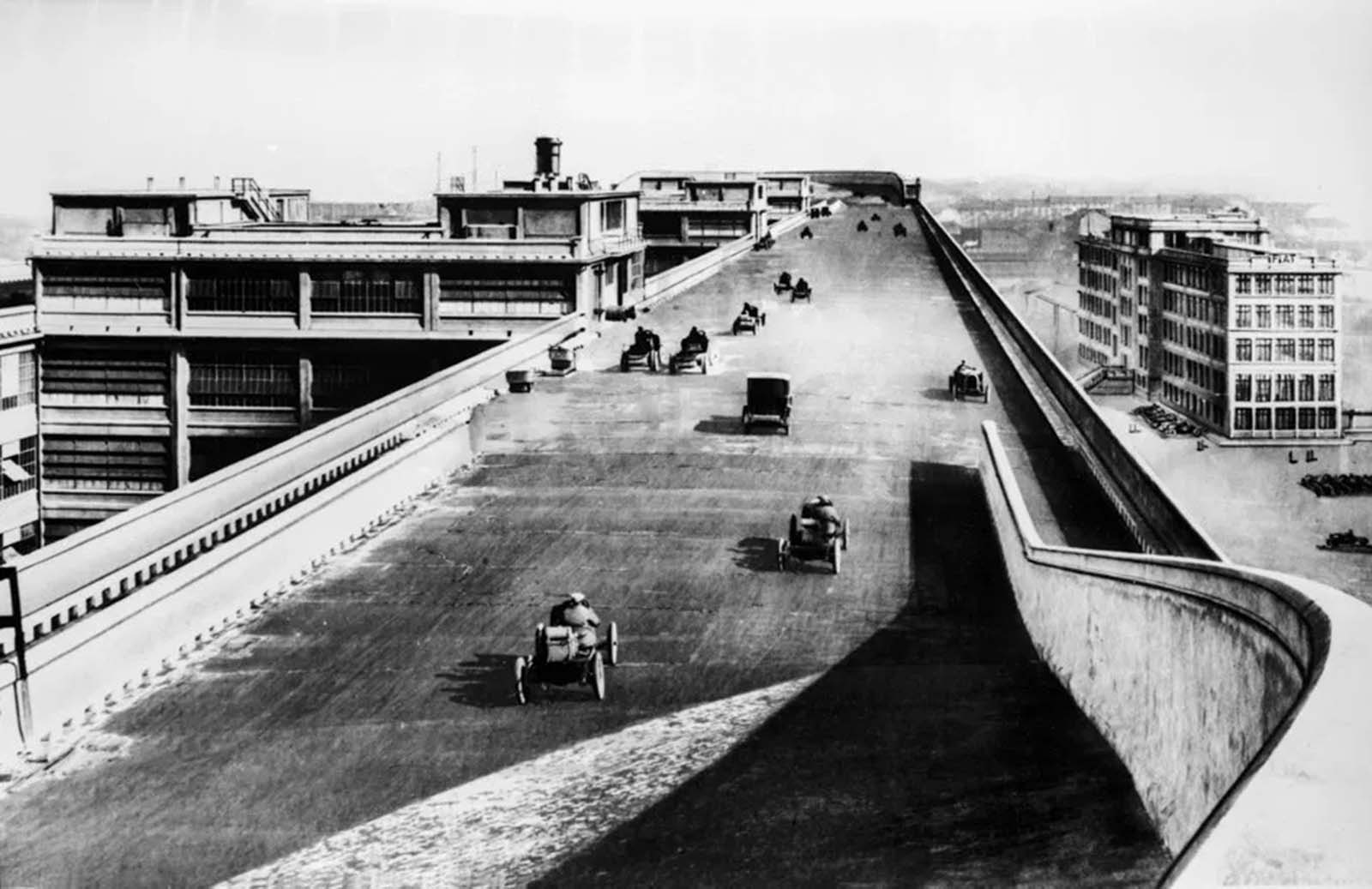

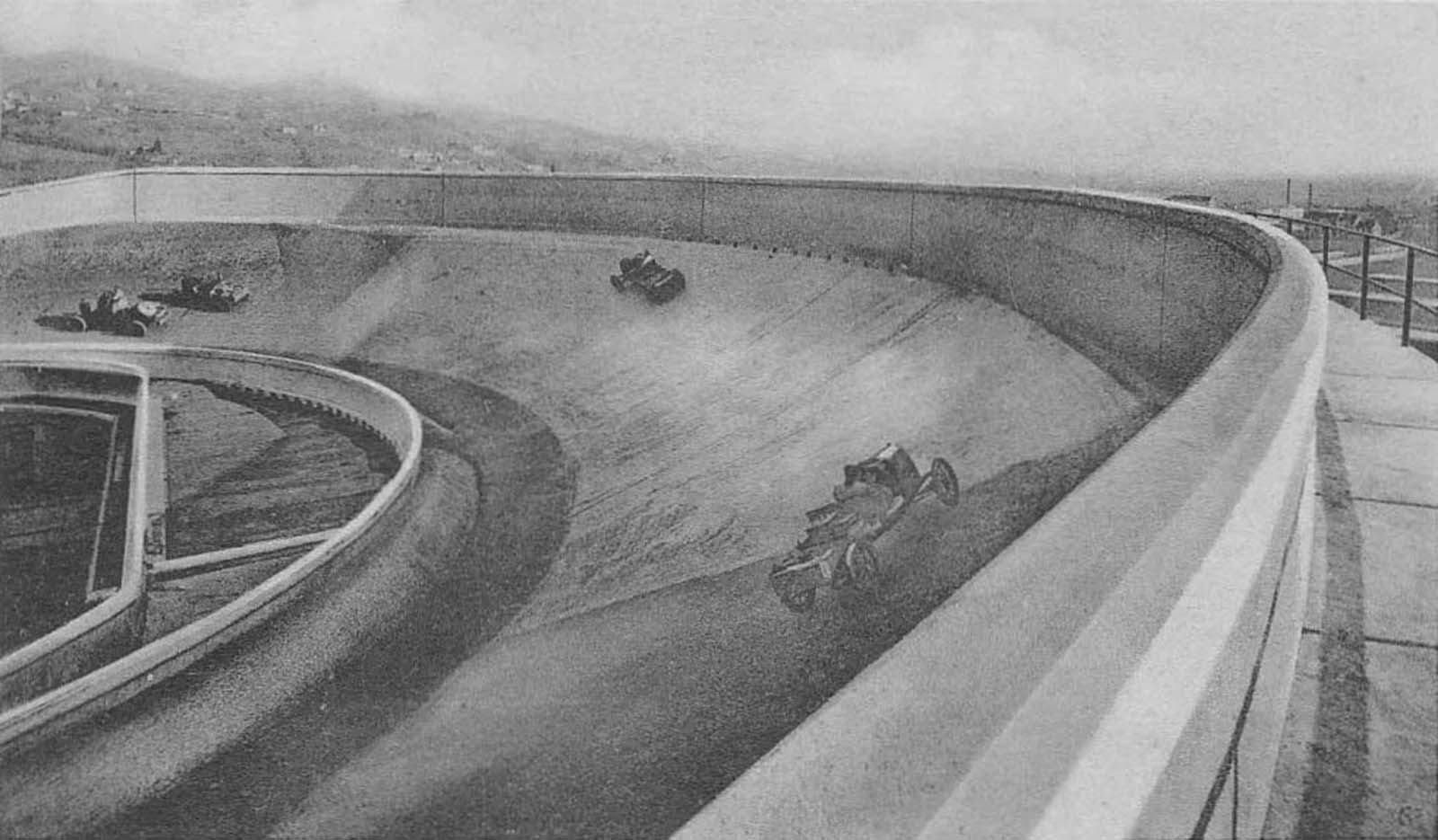
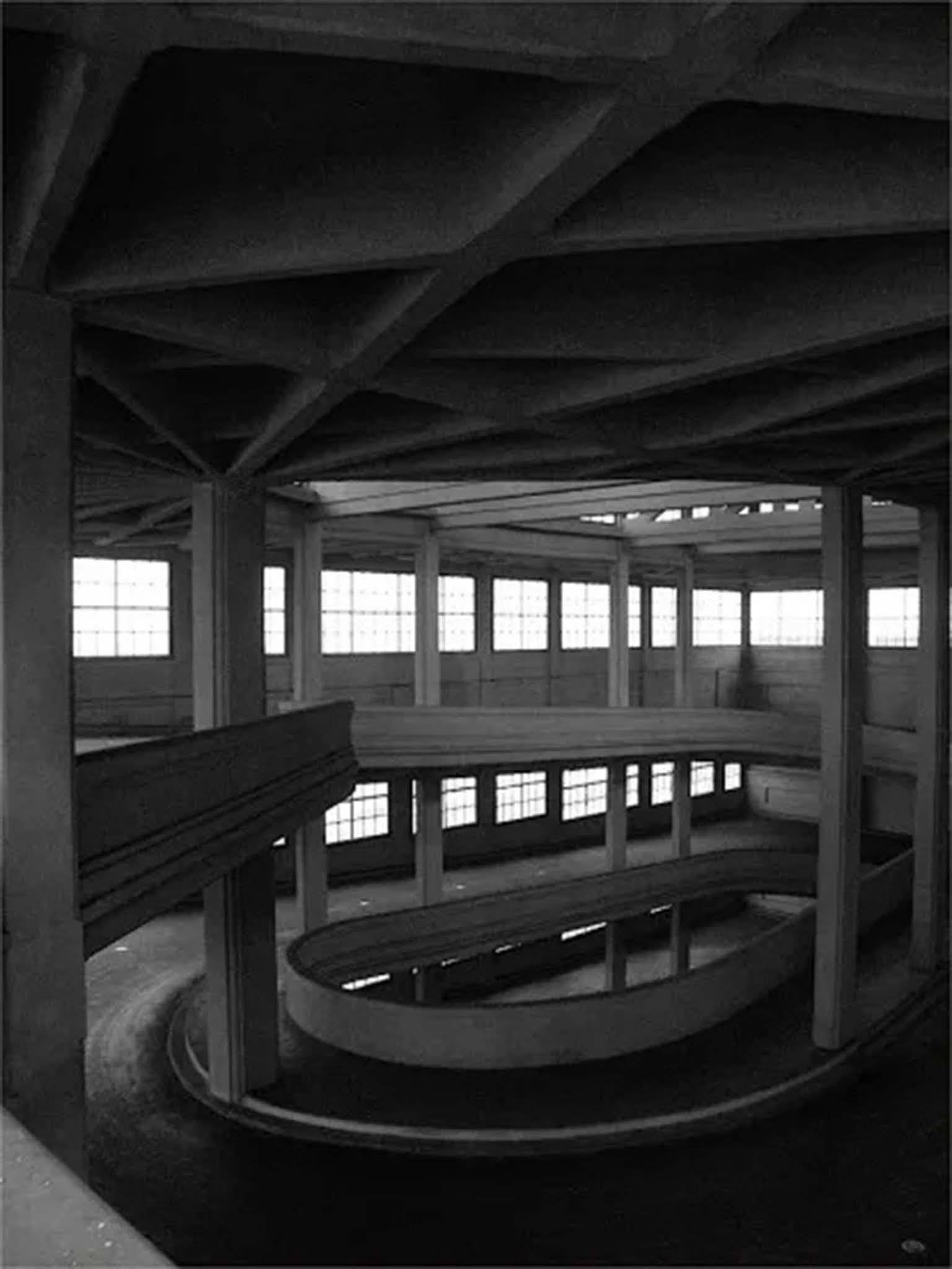
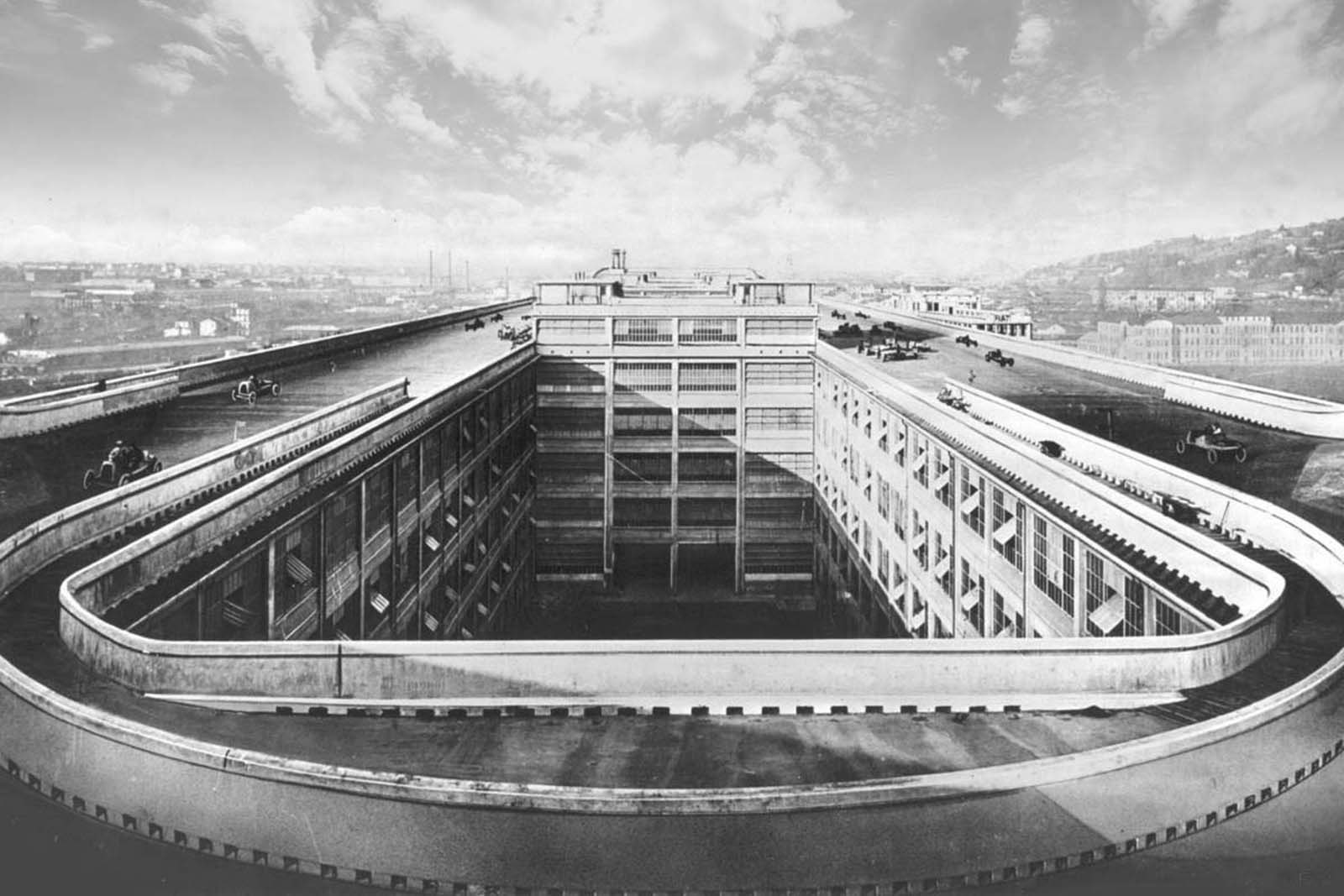
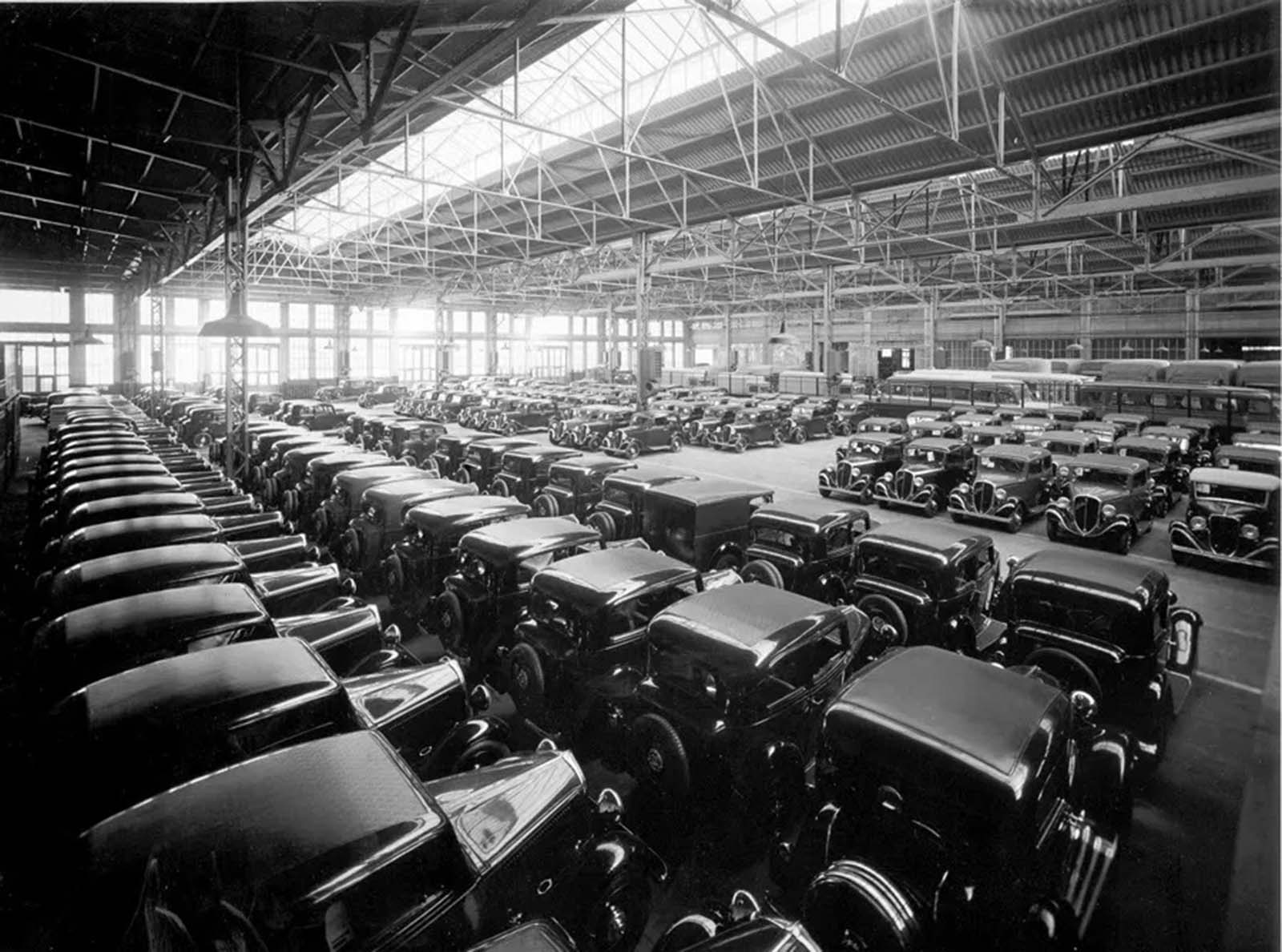
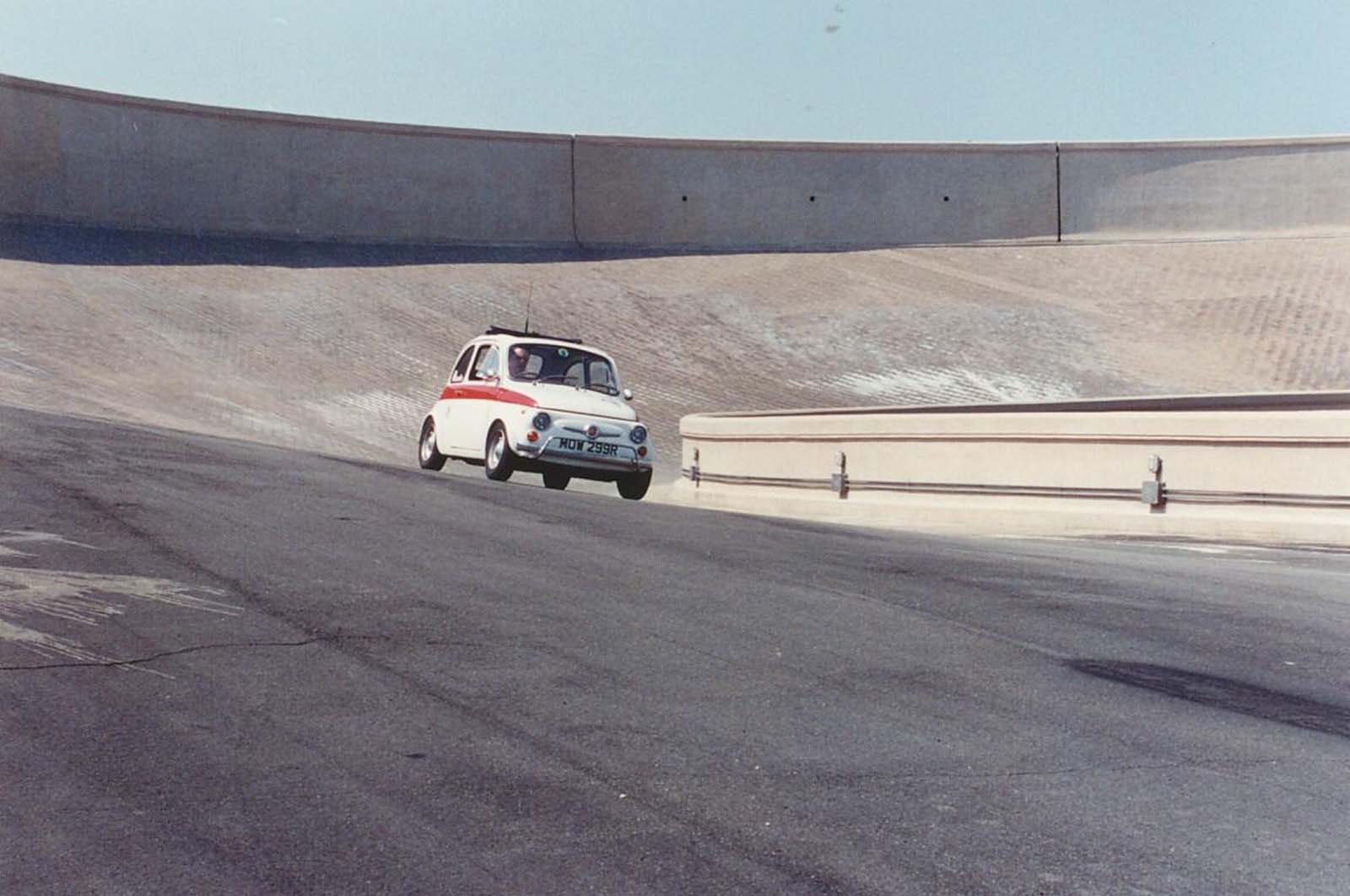
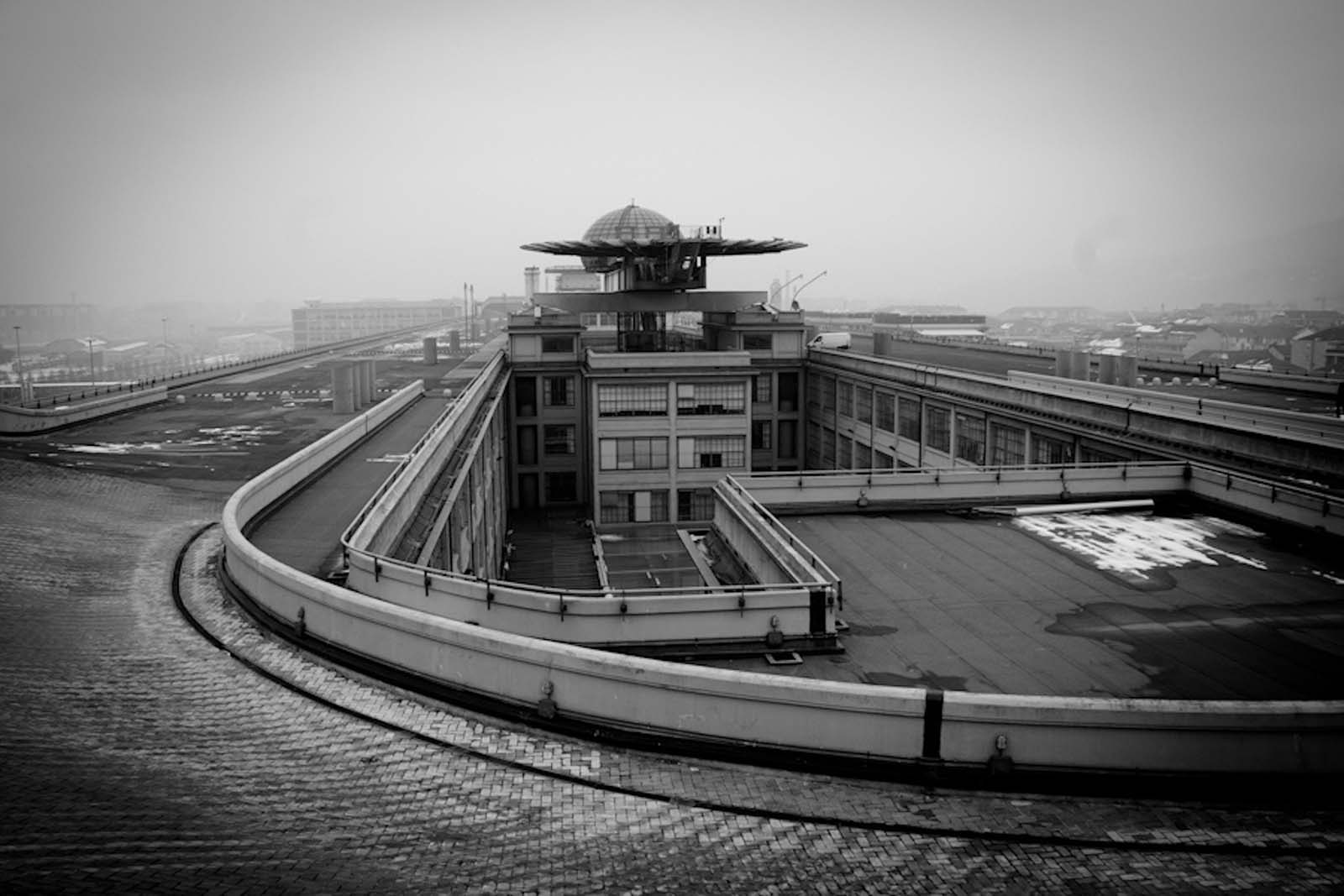


Video
Watch The 1938 Schlörwagen Pillbug: The German Engineering Masterpiece That Was Lost in Time to discover the fascinating history behind this unique and forgotten vehicle. A must-watch for car enthusiasts and history lovers!
Conclusion: Lingotto’s Legacy and Enduring Influence
Lingotto’s unique architecture and revolutionary production process set the standard for industrial design in the 20th century. The factory not only revolutionized car manufacturing but also left a lasting cultural legacy. Today, the building serves as a symbol of Italy’s industrial history, a monument to the progress and innovation that shaped the nation. The legacy of Lingotto continues to inspire, not just in architecture and design, but also in how we think about the intersection of industrial production and cultural heritage.

